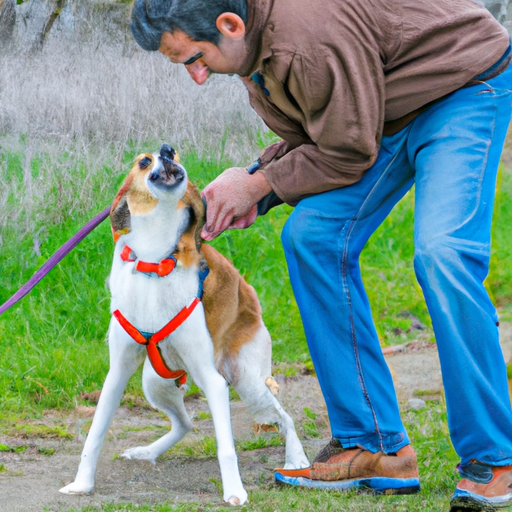As a devoted dog parent, it’s natural to feel concerned when your furry friend exhibits aggression towards other dogs during walks. Understanding the underlying causes of this behavior is the first step in addressing it. This article aims to help you grasp the reasons behind your dog’s aggression and provide some practical strategies to manage it.
1. Understanding Dog Aggression
Dog aggression is a complex behavior that can be due to many factors. It’s essential to understand that aggression is not a personality trait but a sign of underlying issues. Dogs can be aggressive due to fear, anxiety, territorial behavior, or a lack of socialization.
- Fear-based aggression: Dogs may act out aggressively when they feel threatened or scared. This might happen when they encounter a larger or more dominant dog.
- Anxiety-induced aggression: Some dogs may become aggressive when they feel anxious or uncomfortable, especially in unfamiliar environments or situations.
- Territorial aggression: Dogs are naturally territorial and may display aggressive behavior to protect their perceived territory. This can include their home, their human, or even their walking route.
- Lack of socialization: Dogs that have not been properly socialized may not know how to interact appropriately with other dogs and may resort to aggression.
2. Recognizing the Signs of Aggression
Recognizing signs of aggression is crucial in preventing potential incidents. Dogs often display particular body language or signals before escalating to actual aggression:
- Growling or barking at other dogs
- Snapping or lunging
- Rigid body posture
- Intense staring
- Raised fur along the back
3. Strategies for Managing Aggression
Here are some strategies that might help manage your dog’s aggression during walks:
- Use positive reinforcement: Reward your dog for calm behavior around other dogs.
- Give them space: If possible, create distance between your dog and others during walks.
- Redirect their attention: Use toys or treats to distract your dog when other dogs are present.
- Consult with a professional: If the aggression persists, it may be helpful to consult a professional dog trainer or behaviorist.
| Strategy | Description |
|---|---|
| Positive reinforcement | Reward calm behavior with treats or praise |
| Creating space | Avoid crowded places or narrow paths |
| Redirecting attention | Use toys or treats to distract your dog |
| Professional help | Consult a dog trainer or behaviorist for persistent aggression |
4. Importance of Early Socialization
Early socialization is key to preventing aggression. Exposing your puppy to different dogs, people, and environments can help them learn proper behavior. Consider enrolling your pup in a puppy socialization class or regularly taking them to dog parks.
5. When to Seek Professional Help
If your dog’s aggression continues despite your best efforts, it may be time to seek professional help. Certified dog trainers and behaviorists can provide customized solutions based on your dog’s specific needs.
FAQ
Q: My dog only becomes aggressive when other dogs approach us. Why is that?
A: This could be territorial aggression. Your dog may feel like they need to protect you or their walking route.
Q: Why does my dog growl at other dogs but not attack?
A: Growling is a warning sign. Your dog is communicating discomfort or fear without resorting to physical aggression.
Q: What should I do if my dog attacks another dog?
A: Separate the dogs safely and immediately. Seek professional help to prevent future incidents.
Q: Can my old dog still be socialized?
A: Yes, but it may take time and patience. Start by introducing them to calm, friendly dogs.



